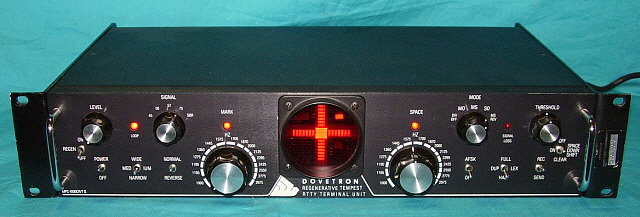

To receive Weather Charts on Short-wave you need a Single Side Band (SSB) Receiver to receive the FM modulated audio Sub-carrier The standard deviation on Short-wave is 400 Hz (2x400=800 1500 to 2300 Hz).įor Long wave transmissions the standard Deviation is 150 Hz. The difference/2 between the frequency for white and the frequency for black is called Deviation. That means that the transmitter is keyed between two frequencies, which 1500 Hz corresponds for Black and 2300 Hz for Whiteįor half tone (grey scale) Satellite pictures, the transmitter frequency shifted between the frequency for black (1500 Hz) and the frequency for white (2300 Hz). Weather Charts on Short-wave are transmitted as Frequency Modulation (FM). Press Photo Fax transmissions use RPM 60 and IOC 352 RPM 60 and 90 are often in use by CIS stations, also some Charts are transmit with a IOC 288. To correctly receive the chart you must have the same drum speed (RPM) (for correct slanting), and the same index of co-operation (IOC) (for vertical resolution) as the transmitting station. The transmission mode used for weather charts on short wave are transmit line by line. Geostationary Satellites (APT-WEFAX/PDUS)ġ.Weather Charts via Short-wave (Marine Fax).Weather Charts via Short wave (APT Marine Fax).Weather data, which can be received live (and free), can be split into several groups :


 0 kommentar(er)
0 kommentar(er)
